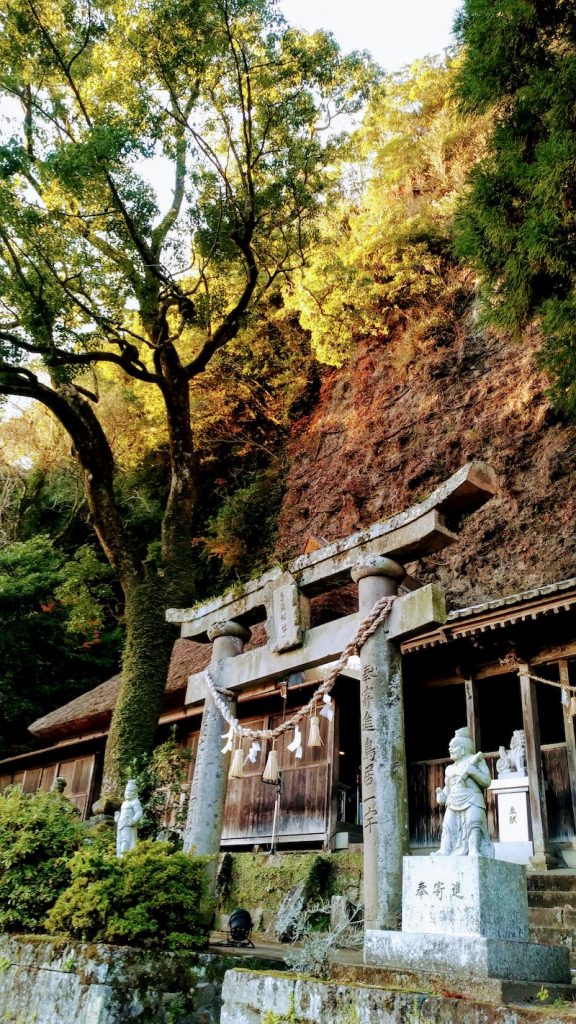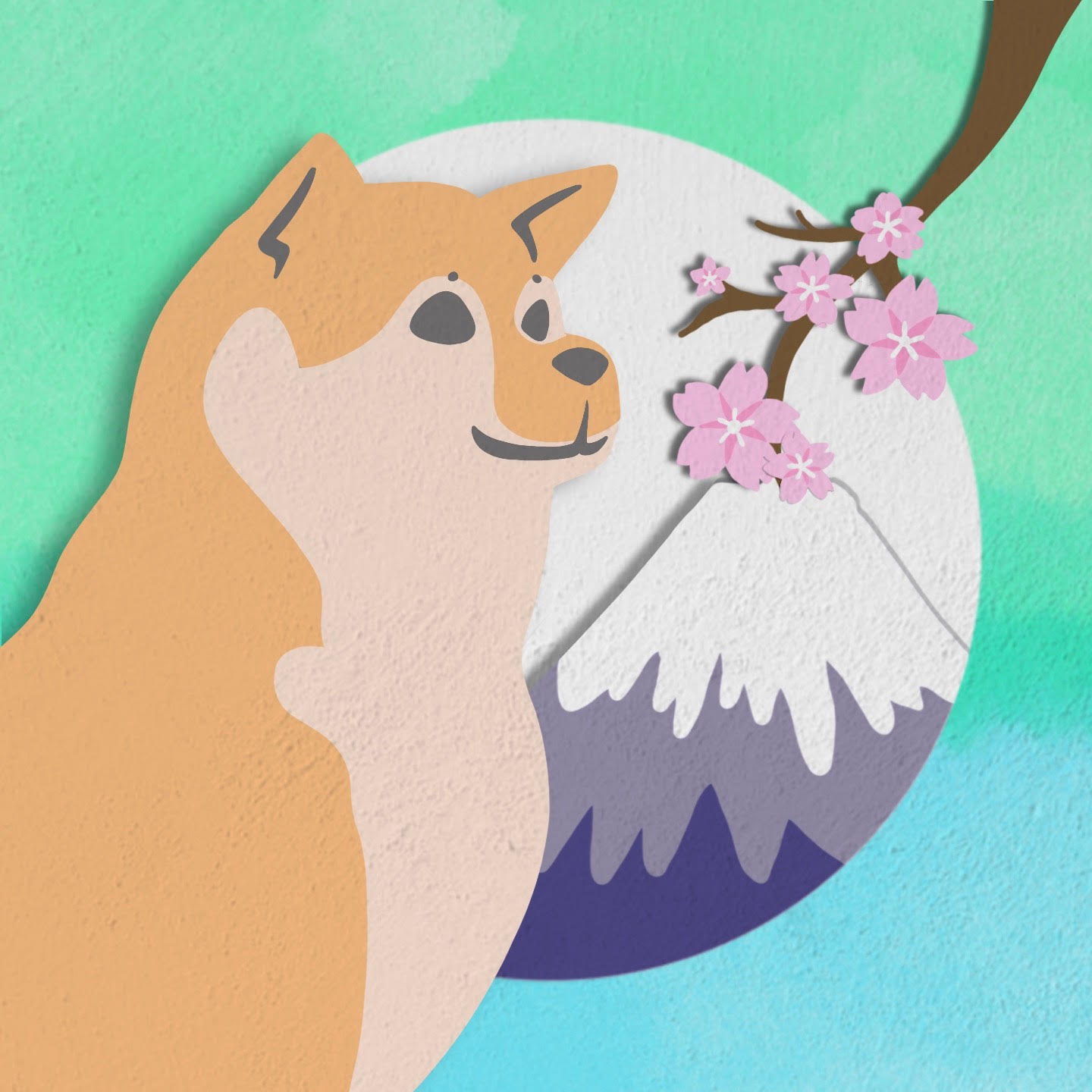You can play with fire with little fear of getting seriously burned, at the Shujo Oniie Fire Festival down in Oita, Kyushu.

I am certain that as a child, you were taught never to play with fire, no matter how tempting it seemed. While most of us probably heeded our mother’s stern warnings keep at bay our desire to torch something, for all suppressed, secret pyromaniacs out there, be aware of an event down in Kyushu you can literally play with fire with little fear of getting seriously burned. However, your natural inclination to light it up will be under the watchful supervision of Buddhist monks who have eagerly been setting fire to their own wooden monastery deep in the mountains of the Kunisaki Penninsula in Oita Prefecture each year for the past 1,000 years. A few times throughout the year, they let the sparks fly to welcome back-friendly demons who watch over this part of Kyushu known for its natural beauty. It is one of the historical locations where indigenous Shintoism was first aligned in harmony with Buddhism that originally made its way into Japan after a long journey from ancient India.

All of this happens during the annual Shujo Onie Fire Festival inside the Tenenji Temple, which has literally been carved into the mountainside. For more than a millennium, red and black oni, typically translated as “demon” despite their role to bring happiness and good fortune to the people of Kunisaki, are lured inside this wooden structure where they duel each other with flaming bamboo swords and purify onlookers with sparks that are sent flying through the inner sanctum of the temple in front of a giant Buddha statue. If one is, in fact, lucky enough to be hit in the back by a flying ember, then the following year will yield a successful harvest and be free of illness. Sounds pretty enticing. Well, there is a disclaimer that the monks clarify at the very beginning of the ceremony! They warn all participants of the likelihood of flying flames in the close quarters of this highly incendiary event and, therefore, not to wear flammable clothing. That did not really resonate with me, but I played along in any case! All kidding aside, there is plenty of staff on hand who are ready to extinguish just about any fire that gets a little out of hand, although at times, it did seem like we would need to make an emergency call to the local fire brigade!

The Shujo Onie Fire Festival has been practiced by locals for centuries. Lately, the Buddhist monks of Tenenji Temple have recruited a new group of young devotees who have enthusiastically taken up the responsibility of keeping this tradition alive for the next generation. They have formed the Nagaiwaya Shjo Onie Preservation Society and partnered with a tour agency called Nobody Knows to add traditional Japanese performing arts to the event. During this year’s practice ceremony at the end of November, the evening started with a trio of a flutist, drummer, and shamisen guitarist who played nagauta or “long songs” from kabuki theater. There was also a short comic act called “kyogen” from Noh theater performed by two visiting actors from Kyoto.
Although the actors spoke in a variant of the Japanese language used long ago, it was surprisingly easy to follow the story, which relied upon slapstick to deliver laughs. A professor from nearby Beppu University also highlighted the history of the fire festival and its importance to the people of the Kunsaki Penninsula. A similar program is scheduled for the next full-scale fire festival on January 31, 2020 (Refer to the following site for more details: https://www.showanomachi.com/events/detail/311).

While the monks of Tenenji Temple do their best to ensure a fair fight among the dueling demons, audience participation is also highly encouraged. After demonstrating how to do the ritualistic dance used to tempt the demons inside, interested spectators were invited on stage to give it a try. Among the five volunteers willing to showcase their dance moves, one visitor from Germany proved to be an especially quick study that garnered rave reviews from the monks! It was, however, certainly acceptable to remain a wallflower during this portion of the evening. Toward the end of the ceremony, everyone was, though, invited into the central ring of fire, directed to kneel and pray while awaiting a swift whack on their hind-quarters by one of the demons who brandished a flaming wooden broom (see why praying was essential?). Remember that this was to ensure good luck for the year ahead, and this inflammatory spanking was actually less traumatic than it sounds. At the very end of the evening, everyone was again welcomed into the main stage to play a game with the demons similar to the hot potato with pounded rice cakes, called mochi in Japanese, then tossed to the audience by the monks. Successful retrieval of a mochi cake was another sign of good luck and health for the coming year—you cannot lose at this event!

Throughout the evening, all of the announcements were made only in Japanese. Still, Nobody Knows had produced an informative bilingual (Japanese and English) program guide that could be used by non-Japanese speakers to keep from becoming lost in the inferno! The tickets were 2,000 JPY/person. For an additional 1,000 JPY/person, a locally prepared, traditional dinner picnic with one drink was also available—highly recommended!
We arrived at around 5 pm, enjoyed dinner outside sitting next to a warm fire pit, entered the temple at about 5:30 pm, and avoided going up in smoke to make it safely back outside by around 8 pm. All in all, the Shujo Onie Fire Festival was a great way to experience first-hand one of the most important traditions of Japan’s ancient Kunisaki Penninsula. Now I’m stoked to go again next year!
Related Articles
AI Girlfriends: Exploring the World of Virtual Companions
AI-generated girlfriends are growing popular on Japanese Twitter. Learn more about what they can do, and what it could mean for the future.
Discover Japan’s Top 10 Must-Visit Places
From stunning landscapes to bustling cities, Japan offers many unforgettable experiences. Here are Japan’s top 10 best places to visit!





